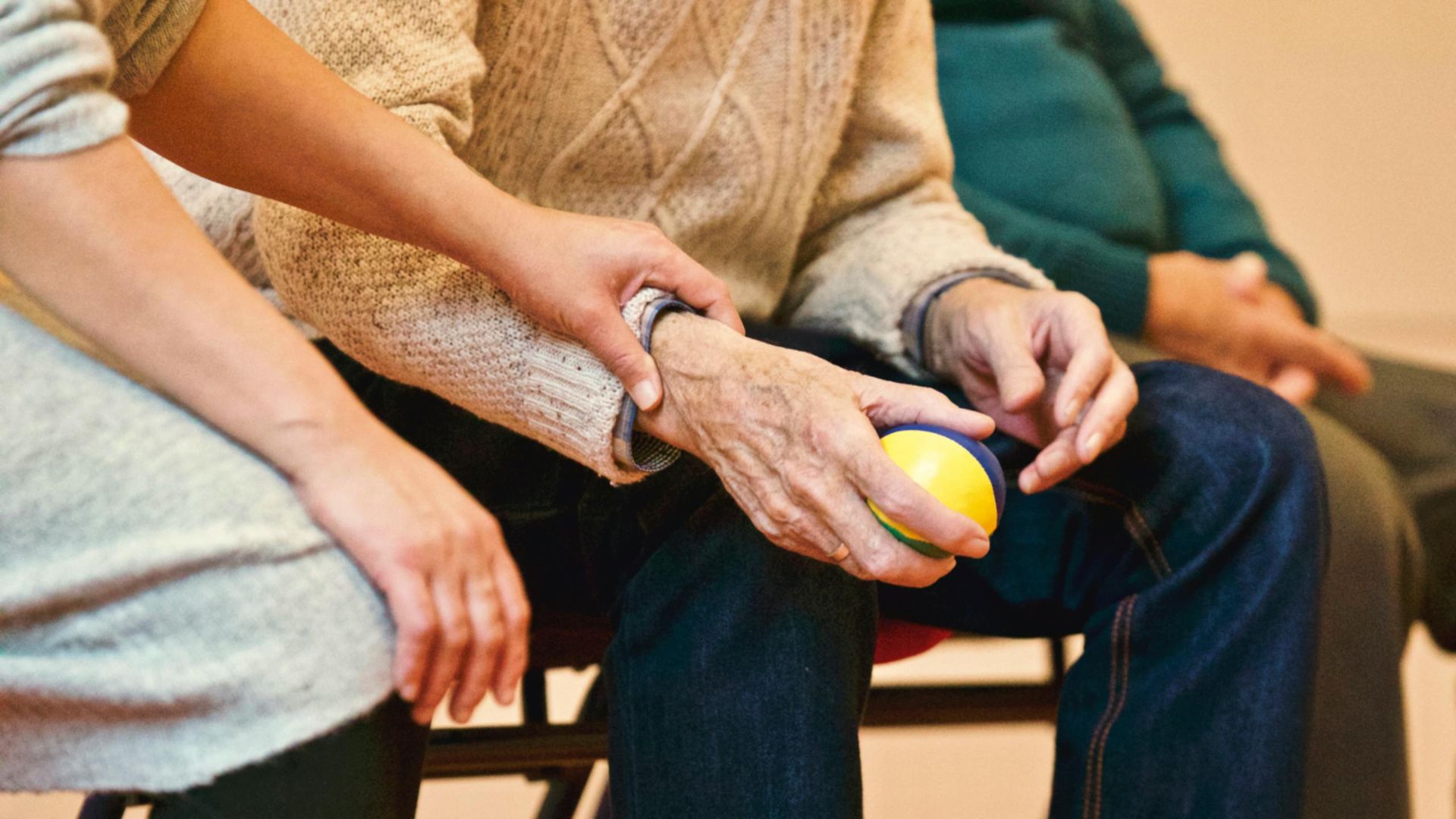Drug Rehab in Santa Monica, CA: Comprehensive Guide to Recovery Options
Santa Monica, CA, offers a range of drug rehab facilities designed to address the unique needs of individuals struggling with addiction. Each program emphasizes a tailored approach, allowing for personalized care that promotes recovery. Choosing the right addiction treatment center in Santa Monica can significantly impact an individual's journey to sobriety, aided by the city's serene coastal environment and robust community support.
With a population of 93,076 as of 2020, Santa Monica is a thriving, diverse city that blends urban energy with natural beauty. Known for its picturesque coastline, luxurious real estate, and a strong tourism economy, Santa Monica also hosts a significant professional community in the tech, entertainment, and healthcare sectors. The city’s warm Mediterranean climate provides year-round sunshine, with mild winters and cool, foggy summers, creating an ideal setting for reflection and healing.

The Science of Addiction
Addiction is understood as a brain disorder characterized by compulsive substance use despite harmful consequences. Neurotransmitters such as dopamine play a significant role in reinforcing behaviors associated with drug use. Individuals with substance use disorders often experience changes in brain structure and function.
Santa Monica’s progressive healthcare initiatives also emphasize the impact of mental health on addiction. Many of the rehab centers in the area integrate mental health services into their addiction treatment programs, addressing issues such as anxiety, depression, and trauma that often coexist with substance use disorders.
Genetic factors can predispose individuals to addiction, making some more vulnerable than others. Environmental influences, including stress and trauma, also contribute to the likelihood of developing an addiction. Understanding the biological and environmental interactions helps tailor treatment approaches.
Pathways to Recovery
Recovery from addiction involves various pathways that differ from person to person. Approaches such as cognitive-behavioral therapy (CBT), group therapy, and support groups, like Alcoholics Anonymous (AA), are common. Medication-assisted treatment (MAT) may also be used to aid in the recovery process.
Santa Monica’s many addiction treatment centers emphasize individualized care, where treatment plans are tailored to address the unique needs of each client. These centers also utilize the city’s beautiful environment, integrating nature-based therapy sessions and outdoor activities to support holistic recovery.
A successful recovery plan incorporates a strong support system that includes family and friends. Relapse prevention strategies are crucial, as the risk of relapse is a significant concern. Building healthy coping mechanisms is equally important in maintaining long-term sobriety.
Importance of Dual Diagnosis Care
Many individuals dealing with addiction also face co-occurring mental health disorders, such as anxiety or depression. Dual diagnosis care addresses both substance use disorders and mental health issues simultaneously. This integrated approach is essential for effective treatment and reducing the risk of relapse.
Therapists and counselors trained in dual diagnosis understand the interplay between addiction and mental health. They can create individualized treatment plans that cater to the specific needs of each patient. By focusing on both aspects, recovery is more holistic and sustainable.
Treatment Options in Santa Monica
Residential Treatment Programs
Residential treatment programs in Santa Monica provide intensive care for individuals facing severe addiction. Patients reside at the facility for a set period, typically 30 to 90 days. This immersion allows them to focus solely on recovery.
These programs often combine medication-assisted treatment with various therapeutic modalities. Individual therapy sessions aim to explore personal issues contributing to addiction. Group therapy fosters community support and shared experiences. Additionally, life skills training equips individuals with tools for maintaining long-term sobriety. With Santa Monica's tranquil coastal setting, many centers incorporate beachside activities and mindfulness practices, providing a serene backdrop for healing.
The city’s strong economy and upscale environment also mean that rehab centers can invest in high-quality, luxury facilities that offer comprehensive care in a comfortable, safe setting. Many of these centers are renowned for their advanced treatment methods, making them a popular choice for those seeking premium services.
Outpatient Services
Outpatient services are suitable for those who do not require round-the-clock supervision. Programs vary in intensity, allowing participants to attend therapy sessions while maintaining their daily responsibilities.
These services often include individual therapy, group sessions, and family therapy. Motivational interviewing is frequently employed to encourage individuals to set and achieve personal goals. Outpatient programs also emphasize the development of life skills essential for sober living and navigating everyday challenges. Santa Monica’s abundance of wellness options, such as fitness centers and healthy cafes, supports individuals in maintaining their recovery outside the treatment setting.
Medical Detoxification
Medical detoxification is a critical first step for many seeking recovery. In Santa Monica, facilities offer supervised detox to manage withdrawal symptoms safely. Medical professionals monitor patients closely, providing medications as needed to alleviate discomfort. This process can last from several days to two weeks, depending on the substance and severity of dependency. Following detox, individuals are usually recommended to transition into residential or outpatient treatment programs for continued support.
Support Services for Sustained Sobriety
Aftercare Planning
Aftercare planning is vital for individuals leaving a drug rehab facility. This process involves creating a tailored plan that addresses ongoing treatment, support group participation, and lifestyle changes necessary for maintaining sobriety.
Key components often include:
- Continuing Therapy: Regular sessions with a therapist can help manage triggers and emotional challenges.
- Support Groups: Participation in groups like Alcoholics Anonymous (AA) provides community support and accountability.
- Personal Goals: Setting specific, achievable goals aids in maintaining focus during recovery.
Effective aftercare planning increases the likelihood of sustained sobriety and minimizes the risk of relapse.
Sober Living Homes
Sober living homes offer a structured environment for individuals in recovery. These homes provide a substance-free living space, promoting accountability and support among residents. They bridge the gap between rehab and independent living.
Benefits include:
- Community Support: Living with peers who understand the challenges of recovery fosters a sense of camaraderie.
- Life Skills Training: Many homes offer programs to develop essential skills such as budgeting, job searching, and healthy living.
- Relapse Prevention: A sober living home emphasizes relapse prevention strategies to empower residents in their recovery journey.
This supportive setting can significantly enhance the chances of a successful transition back to everyday life.
Choose Santa Monica For Your Rehab
Addiction is a complex condition that affects both the brain and behavior. Recovery involves a multifaceted approach that addresses underlying issues, including mental health. Knowledge of addiction science, pathways to recovery, and the importance of dual diagnosis care is essential for effective treatment.
Santa Monica offers a variety of treatment options for individuals seeking recovery from substance abuse. These programs cater to different needs, including residential treatment, outpatient services, and medical detoxification. Each approach includes tailored therapies, addressing both the physical and psychological aspects of addiction.

